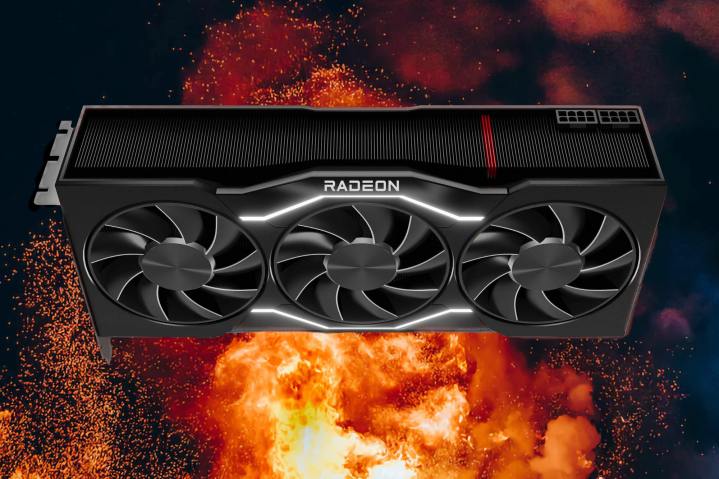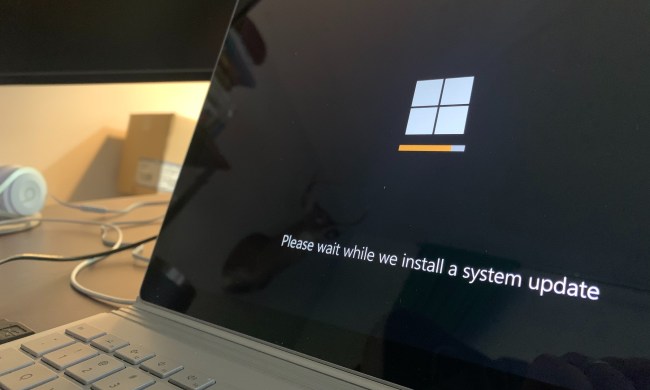AMD’s drivers don’t have the greatest reputation, with users and commentators often decrying their frequency and reliability. Well, here’s something else to add to the list: AMD’s latest Adrenalin 23.2.1 driver is apparently crashing Windows and causing serious boot issues. Oops.
Released just yesterday, the driver contains updates for AMD’s Radeon RX 7000 and 6000 graphics card families. It also added or improved support for the games Forspoken and Dead Space, as well as additional Vulkan extensions. However, its launch saw AMD users scrambling to log their frustrations across forums and social media.

For instance, Twitter user @PrepperAssasin stated that the driver “Crashed my whole PC, now I have to set up Windows again from scratch.” Another user, @flyinghyur, lamented that the driver “bricked my Windows install.”
That’s not the kind of nasty surprise you want when installing a driver, and right now AMD has not responded to the complaints. On AMD’s website, the driver’s list of known issues mentions stuttering and crashes in a handful of games but makes no mention of serious Windows issues like those reported on Twitter.
A lengthy delay

The problem is made worse by the long delay AMD users have faced for this driver. It’s been over two months since the last update, and the wait was so bad that two weeks ago, Frank Azor, AMD’s Chief Architect of Gaming Solutions and Marketing, had to take to Twitter to explain the situation. Looks like he might need to repeat the trick now.
According to the Twitter account of PC monitoring tool CapFrameX, the driver could be changing Windows BIOS settings, which in turn might lead to the crashes and boot problems users have been describing. If you’re suffering similar problems after installing AMD’s latest driver, try checking your BIOS settings before resorting to reinstalling Windows. Using Display Driver Uninstaller to roll back the driver could also help.
As well as the issues Windows users are experiencing with AMD’s latest release, the driver also seems to be wreaking havoc with Ayaneo’s portable gaming consoles as well. According to a post on the Ayaneo website, internal testing has shown that the latest AMD driver limits the VRAM on the Ayaneo 2 and Ayaneo Geek to 512MB. That’s a fraction of the 3GB or 6GB these consoles can be outfitted with, and it could lead to negatively impacted performance.
All in all, it hardly seems like the driver launch AMD fans were expecting, especially after waiting so long. Here’s hoping AMD can quickly roll out some fixes to put the problems right.




